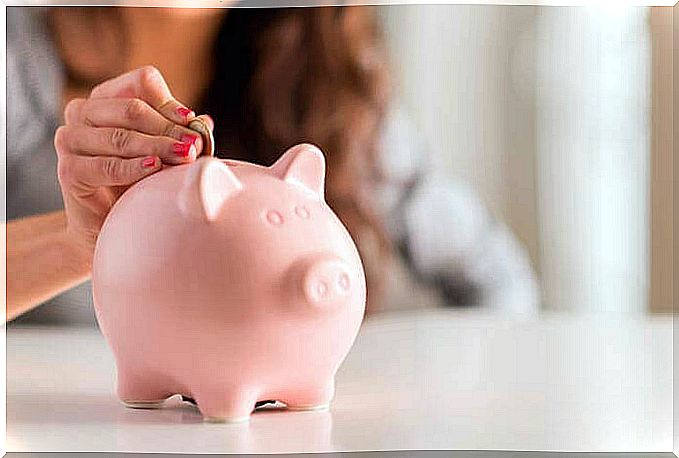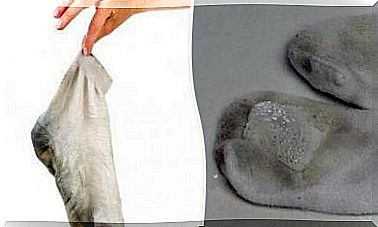Learn About The Japanese Method Of Saving Money

Tracking expenses helps you know where you’re spending your money, and save and stop wasting money on vanities.
For many, saving money until the end of the month is almost impossible. Household costs are accrued, plus impulse purchases and unexpected costs for products and services. All of this leads to uncontrolled and excessive spending of money right after payday.
In Japan, the most technologically advanced country in the world, many continue the tradition that began in 1904. Even today, it is the most effective way to save money, especially when it comes to household expenses. This Japanese method of saving money is known as kakebo . It is a method of recording both revenue and expenditure that allows for complete financial management.
Kakebo is nothing more than a system to balance the budget. In addition, it helps people become aware of what is really necessary for them to shop and what is not.
How the Japanese money-saving method kakebo works

This method is started at the beginning of the month by recording fixed costs and total income. It is then easy to strike a balance with this information. Deduct from income the total expenses, which are mainly basic expenses and expenses for food. If you want to save for something, mark it up at this point.
Once you’ve figured out the total amount left over from the fixed cost reduction, you can record how much money you’re putting into savings. Determine how you plan to use it so that the goal you set is clear.
Throughout the month (preferably every day, as intended for kakebo), all expenses for the day or week must be recorded. It is wisest to save on bills and receipts for all purchases. This will allow you to memorize in the evening how you spent your money during the day.
Kakebo structure

This plan falls into several categories for which we normally spend money:
- Food
- Transport
- Health
- Home
- Free time
- Emergencies
Daily expenses are entered in each category. It is intended that all expenses in each category be added together; this will give you an overall balance at the end of the week. This balance will help you keep track of how much money you’ve spent and how much is still left.
From these results, you can analyze how much money you spend and in which category you should curb your spending.
It will also help you know what would be the right amount to save and a more effective savings goal for the next month.
Efficiency

The effectiveness of a kakebo depends entirely on how systematic you are, as well as your willpower. For example, if you set yourself a goal not to buy more clothes, stick to it resolutely.
A chart or spreadsheet is useful for building a kakebo, but you can replace it with whatever you want. For example, you can simply write down your expenses and income anywhere and make a calculation at the end of the month.
Cost control is very important to avoid problems on bad days. It will also help you save for the goals you set.

Whether you take advantage of kakebo by using a calendar or even a napkin, it is clear that monitoring your account is very important.
If you decided to buy a kakebo calendar (or kakebo, as it is also known), be sure to stick to your plan resolutely.
Were you able to save as much as you had planned? Excellent! Did you exceed your budget? Next month, you should be more disciplined. Give this Japanese method of saving money a try.









